The Red Envelope: Billkin and PP Krit’s Take on a Love Story Beyond the Grave
In a cinematic landscape saturated with remakes, reboots and sequels, you might ...
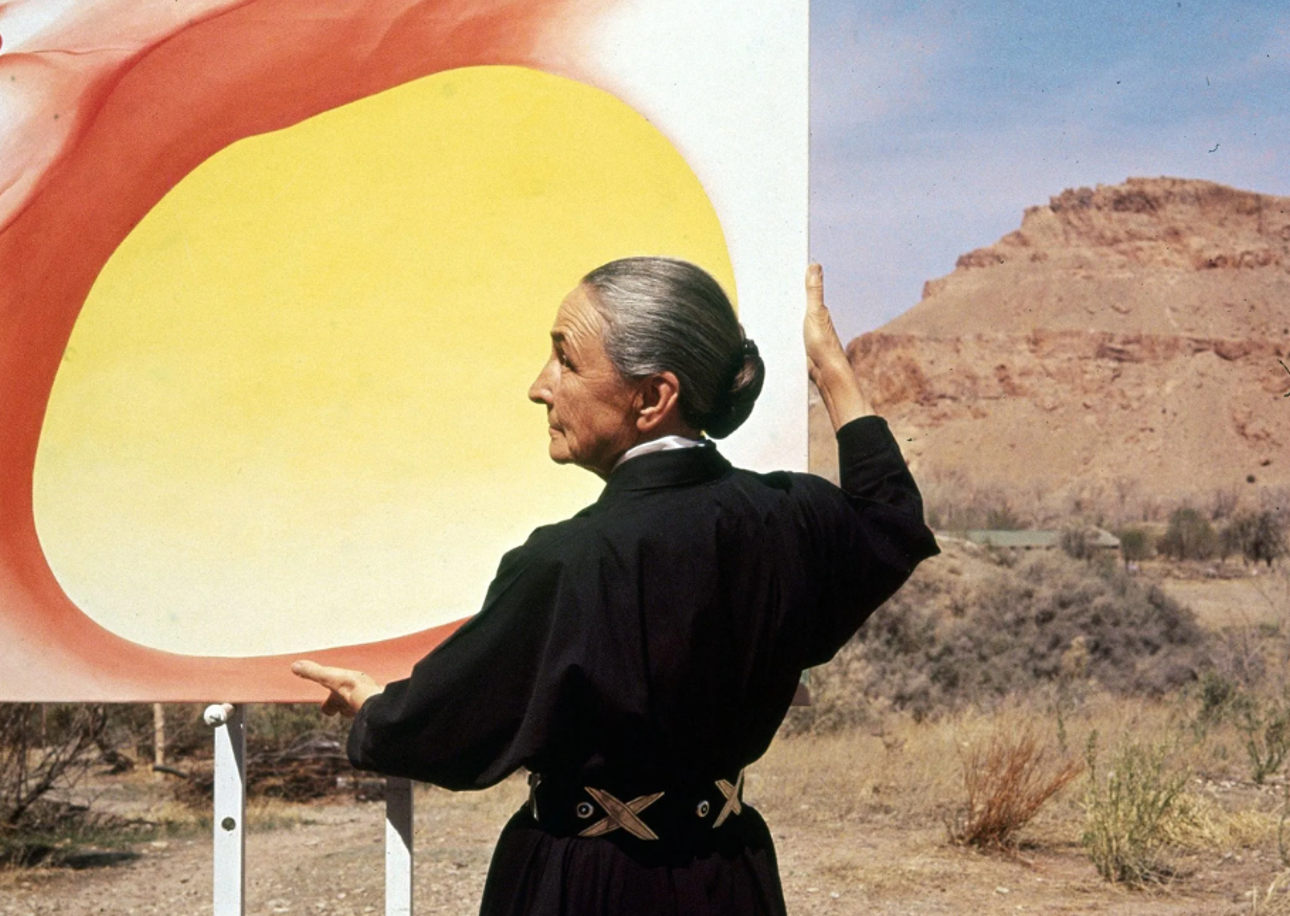
In an art world historically dominated by men, some have risen above societal constraints, shattered glass ceilings, and transcended gender biases to carve out a legacy in the world of art. They have enriched our lives with their masterpieces, challenging our perceptions and inspiring future generations to break free from the constraints of tradition and prejudice.
Born in 1907 in Coyoacán, Mexico City, Frida Kahlo came of age in a society where women’s roles were predominantly confined to the domestic sphere. Kahlo’s life took a dramatic turn at the age of 18 when a bus accident left her with severe physical injuries. As she began to paint during her recovery, Kahlo used her art as a means of catharsis, often diving into the themes of pain, suffering, identity, and gender. In a male-dominated art world, she faced the challenge of gaining recognition for her unique style and subject matter, which were unconventional for the time.
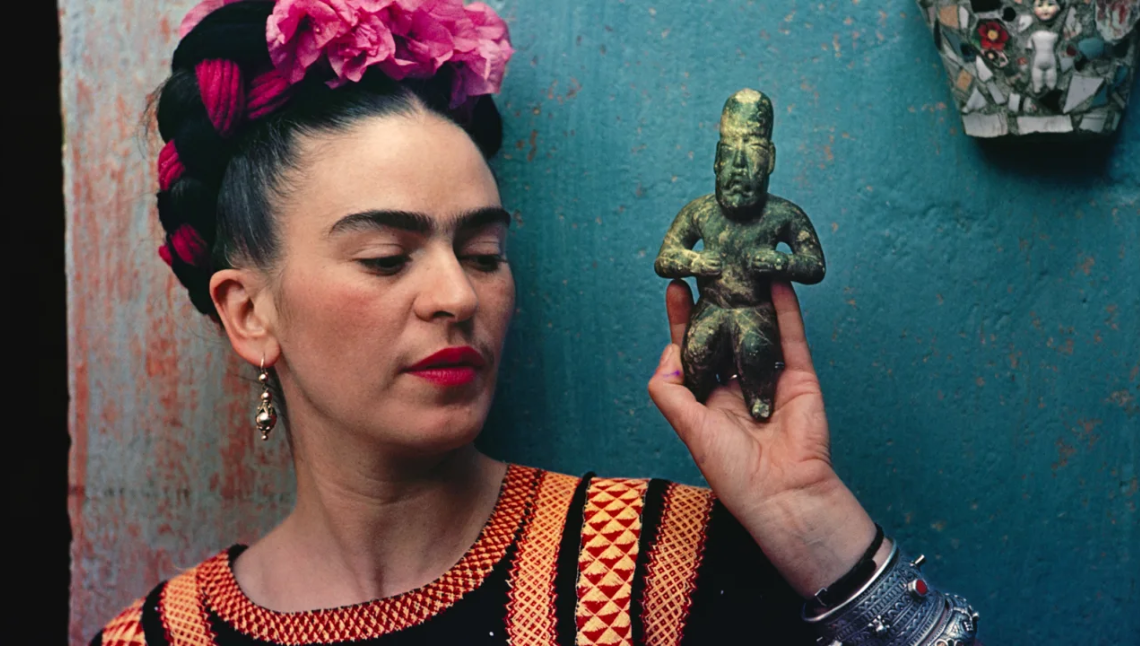
Photo: Courtesy of Nickolas Muray Photo Archives
Her marriage to the renowned Mexican muralist Diego Rivera added another layer of complexity to her life, marked by tumultuous dynamics and conflicts, further highlighting the challenges women faced in asserting themselves in a patriarchal society. Kahlo’s art, characterised by her distinctive style and self-portraits, challenged traditional gender norms and explored the complexity of female identity and sexuality. Today, Frida Kahlo remains a feminist icon and symbol of empowerment for women worldwide.
Photo: Courtesy of Michael Ochs Archives/Getty Images
Georgia O’Keeffe played a significant role in the male-dominated world of 20th-century American art. O’Keeffe was known for her innovative and groundbreaking approach to art. Her unique style, characterised by large-scale close-up views of flowers, New York skyscrapers, New Mexico landscapes, and bones, challenged traditional artistic conventions. Her work often explored themes of sexuality, abstraction, and nature, breaking away from the prevalent male-dominated artistic norms of her time.
O’Keeffe’s art often presented a distinct feminine perspective that was not commonly seen in the male-dominated art world. Her paintings of flowers, for instance, have been interpreted as representations of female genitalia and are seen as a subversion of the male gaze, reclaiming the female body in art.
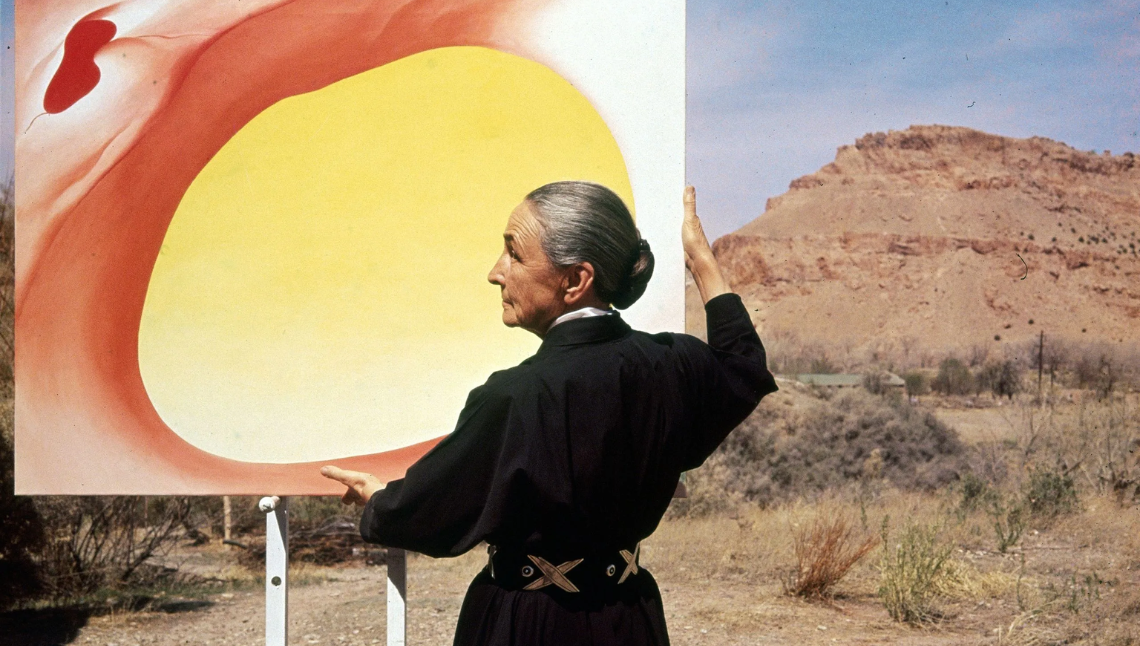
Photo: Courtesy of Tony Voccaro/Getty
O’Keeffe’s career was marked by independence and determination. She resisted being pigeonholed as a “woman artist” and strived to be recognised for her talent and creativity rather than her gender. She relocated to New Mexico, finding inspiration and continuing to produce iconic works, far from the male-dominated art circles of New York City.
Georgia O’Keeffe’s role in the art world was characterised by her artistic innovation, independent career, and her ability to challenge gender norms and inspire future generations of women artists. Her legacy continues to influence and empower women in the arts today.
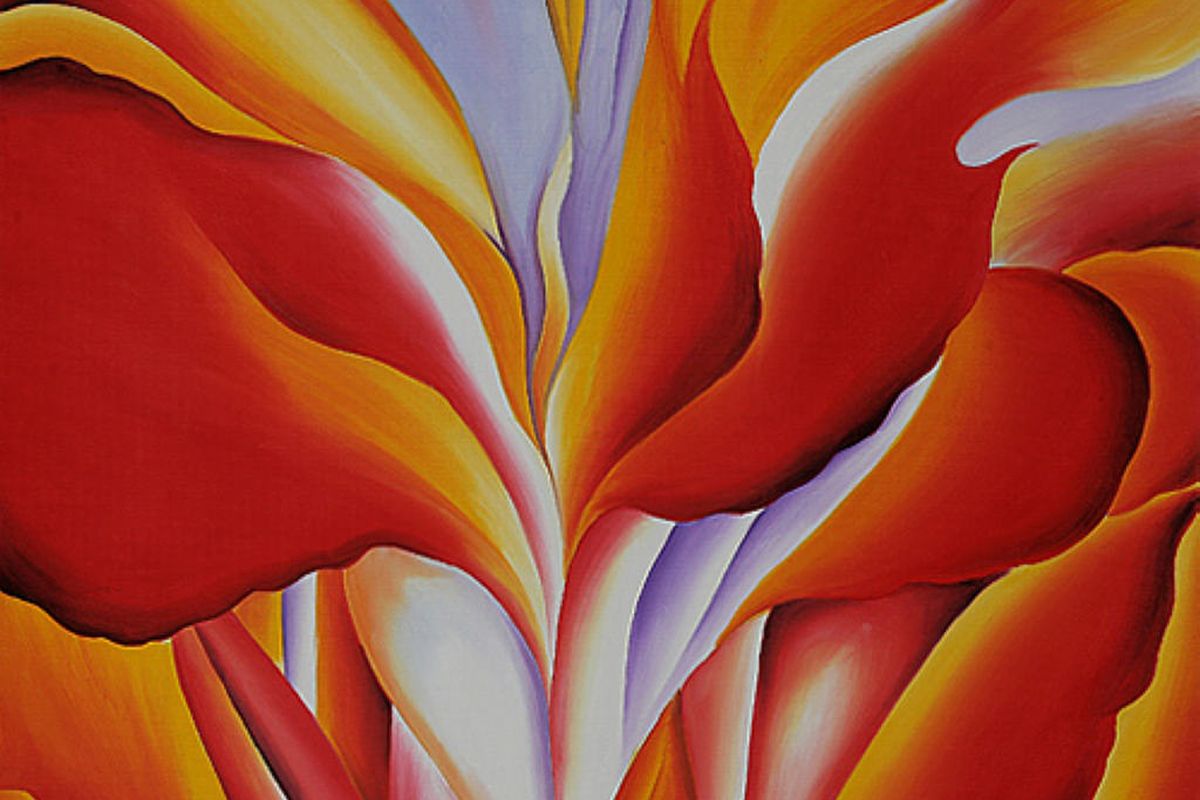
Red Canna, 1924 Photo: Courtesy of Georgia O’Keeffe
A Japanese contemporary artist known for avant-garde artwork, including her signature polka-dot motifs and immersive installations. She played a significant role in the art world, particularly during a time when the industry was often dominated by male artists and figures.
Yayoi Kusama emerged in the 1950s and 1960s as a pioneer, challenging traditional artistic norms and conventions. Her work was characterised by a unique blend of pop art, minimalism, and surrealism. Kusama’s art often featured bold and innovative concepts.
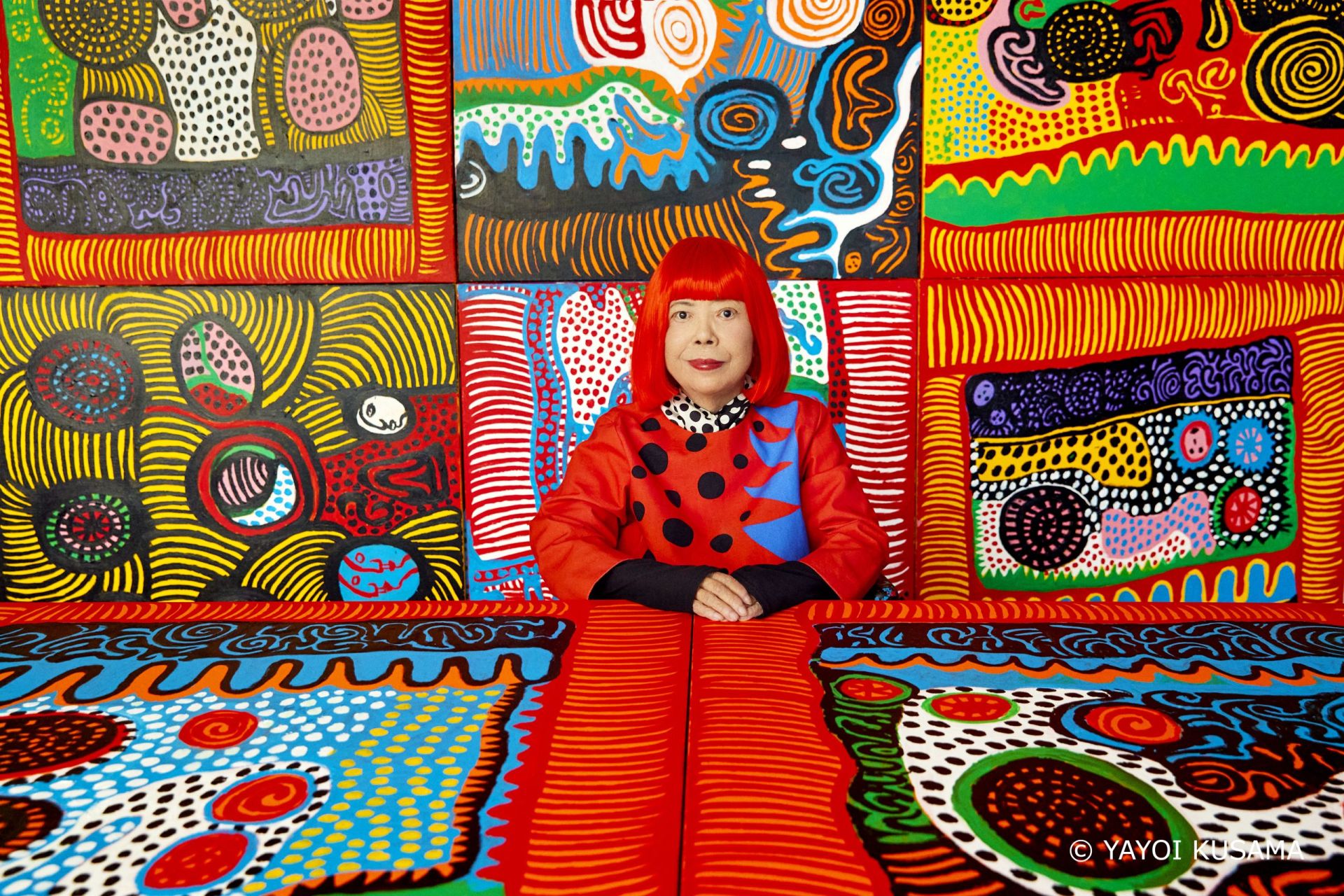
Photo: Courtesy of guggenheim-bilbao
As a female artist, Kusama faced many challenges and discrimination. Despite this, she persevered, creating art that spoke to her experiences as a woman and her struggles with mental health. Her work, which often dealt with themes of identity, sexuality, and trauma, offered a unique and powerful female perspective. Her ability to transcend artistic boundaries and experiment with various forms of expression inspired a new generation of artists to think outside the box.
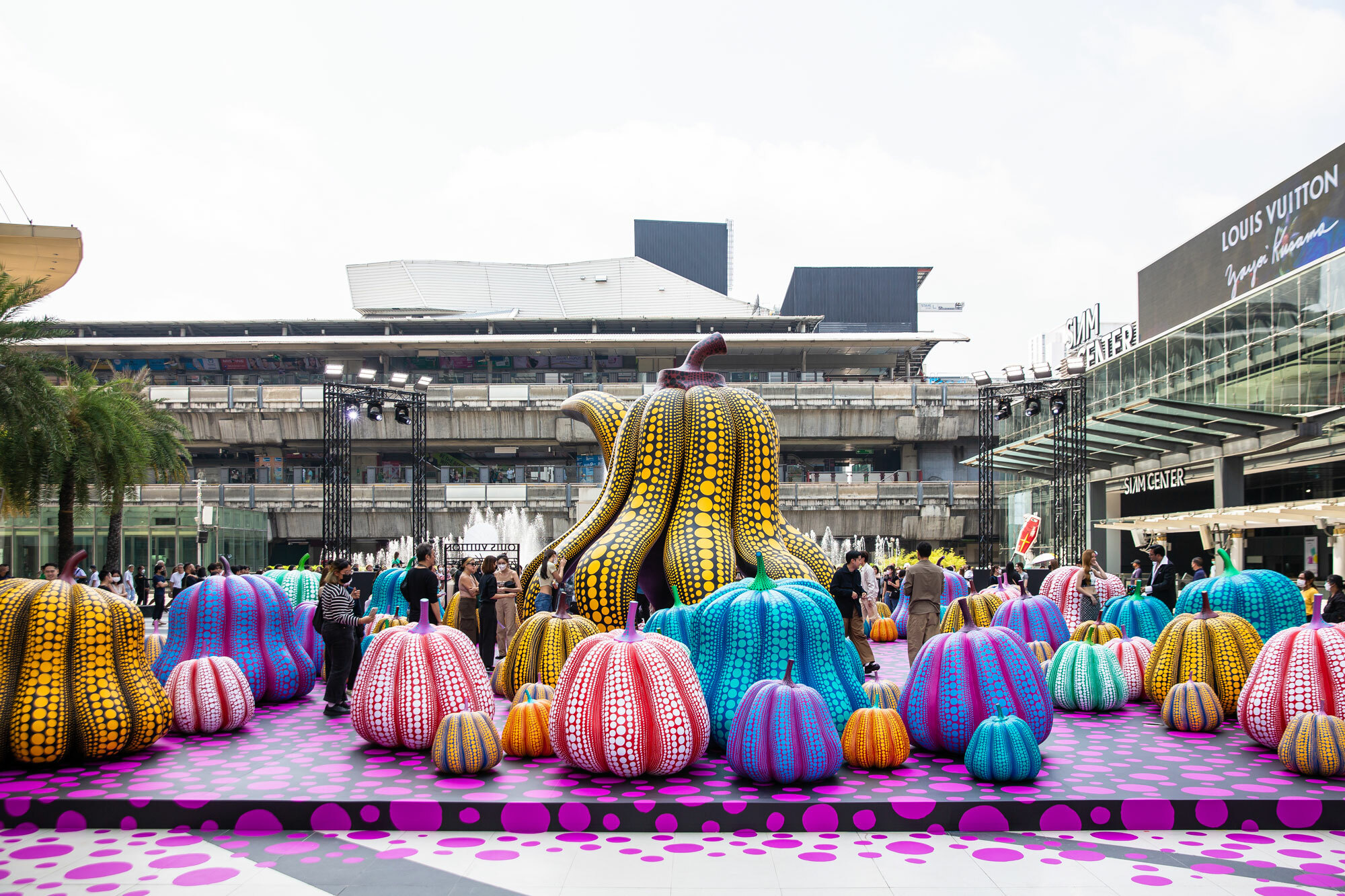
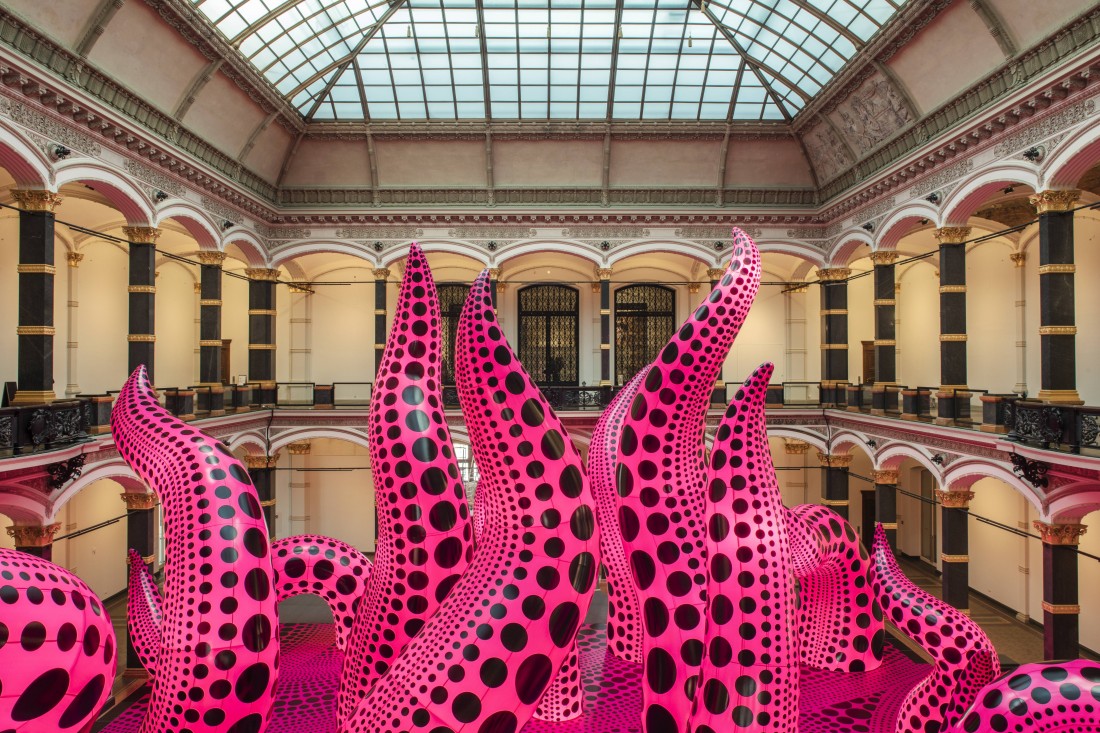
Njideka Akunyili Crosby, the Nigerian artist, is known for intricate and layered works that explore themes of identity, cultural hybridity, and the complexities of the African diaspora experience.
While her work covers a wide range of topics, she has often depicted scenes and scenarios that touch upon the dynamics of gender and power in society. Her art frequently features women in domestic settings, hinting at the traditional roles and expectations placed on them. Through her intricate and detailed compositions, she dives into the nuances of these women’s lives, offering a commentary on the complexities of navigating a male-dominated society while preserving one’s identity and heritage.
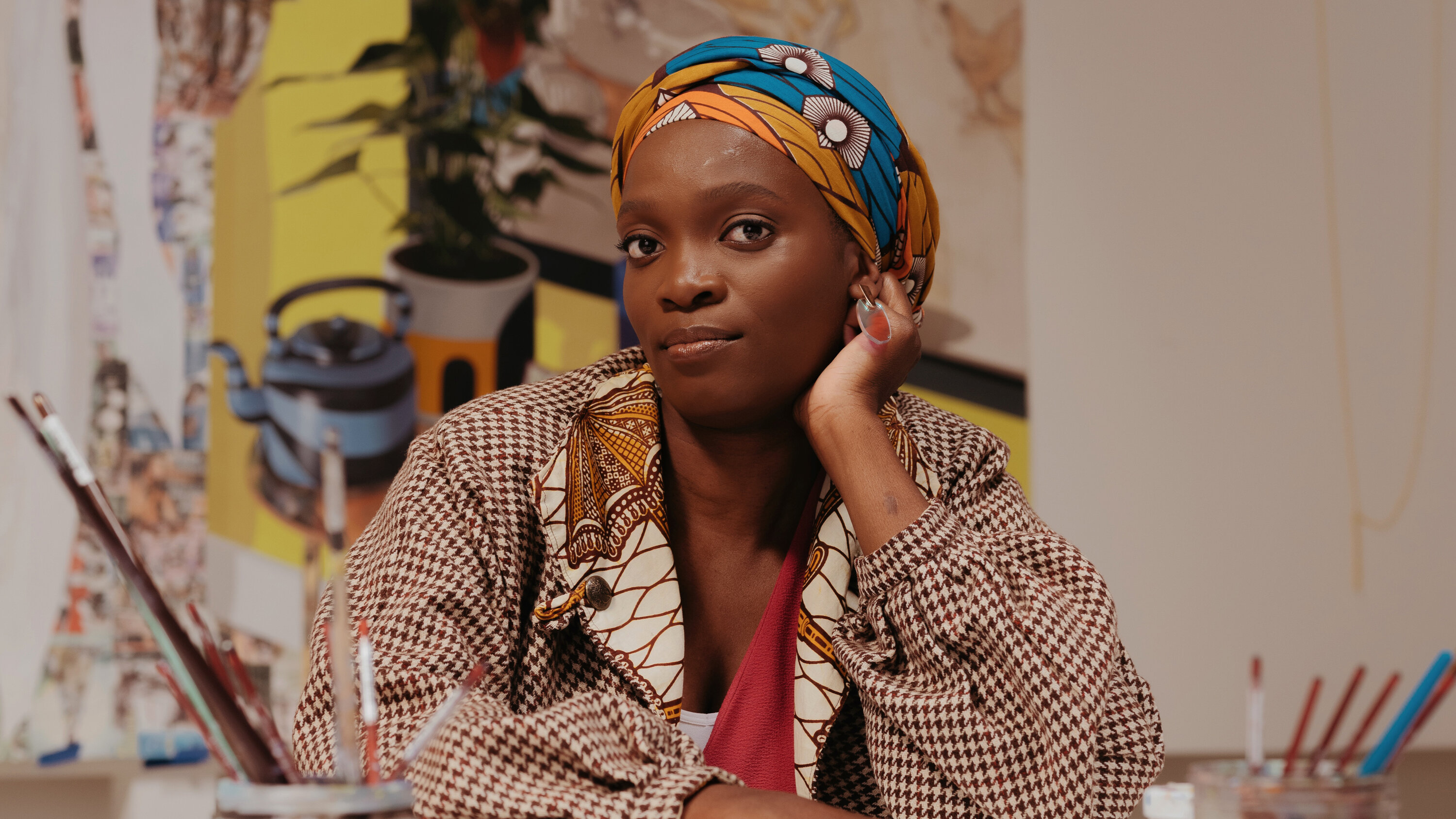
Njideka Akunyili Crosby has received international recognition for her work, including the MacArthur Fellowship in 2017. Her art is celebrated for its ability to convey deeply personal and societal narratives, often addressing the intersection of gender, culture, and history in a thought-provoking manner. While her primary focus is not exclusively on this theme, it provides important insights into the experiences of women within African and diasporic contexts.
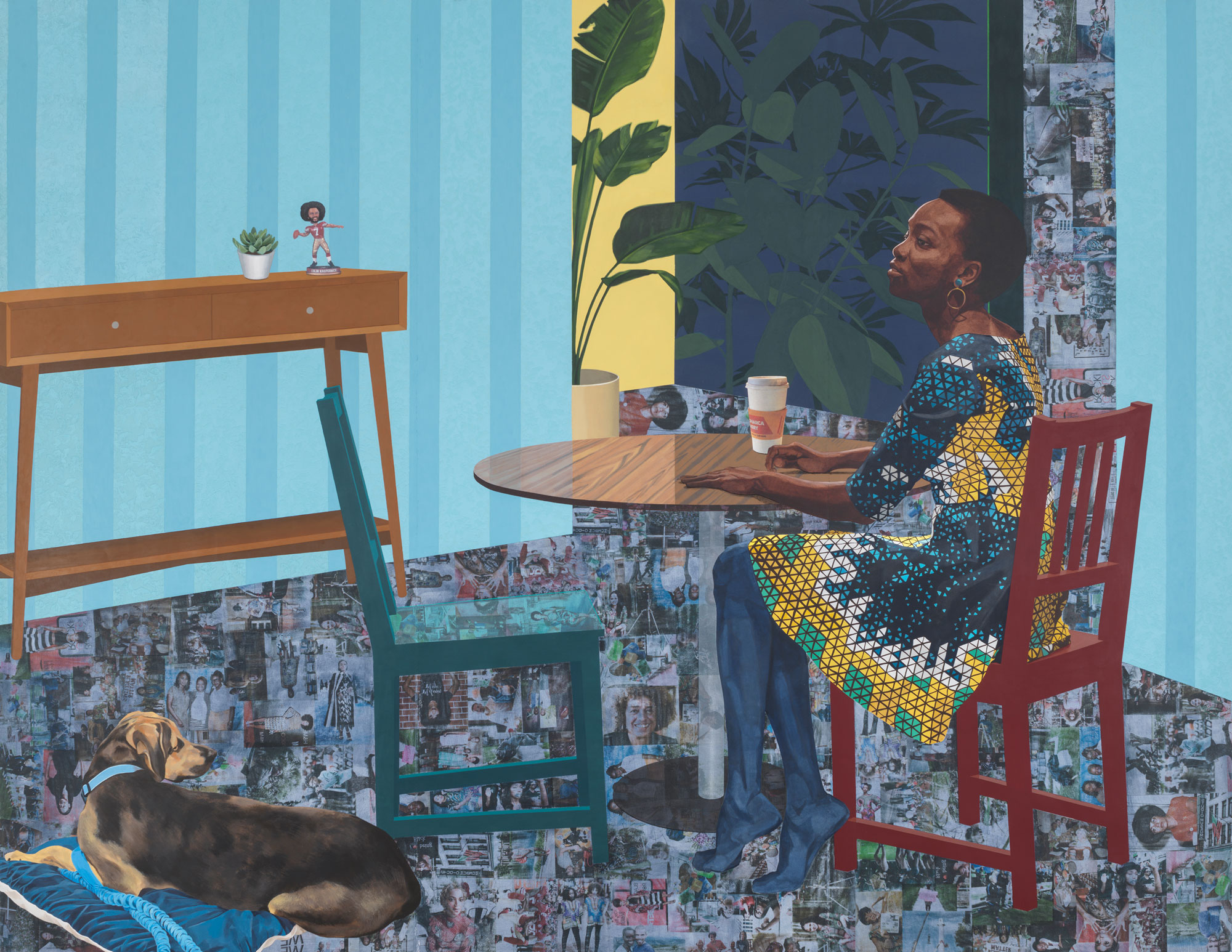
Photo: Courtesy of the Artist, Victoria Miro, and David Zwirner. Photo: Mary Raap / EPW Studio
Araya is one of Thailand’s most internationally recognised contemporary artists. Born in Trad, Thailand, in 1957, her early artistic journey was marked by her exploration of themes like death, the body, and the female experience. These themes were deeply influenced by her personal experiences, including the loss of her mother and the societal constraints imposed on women in Thai culture.
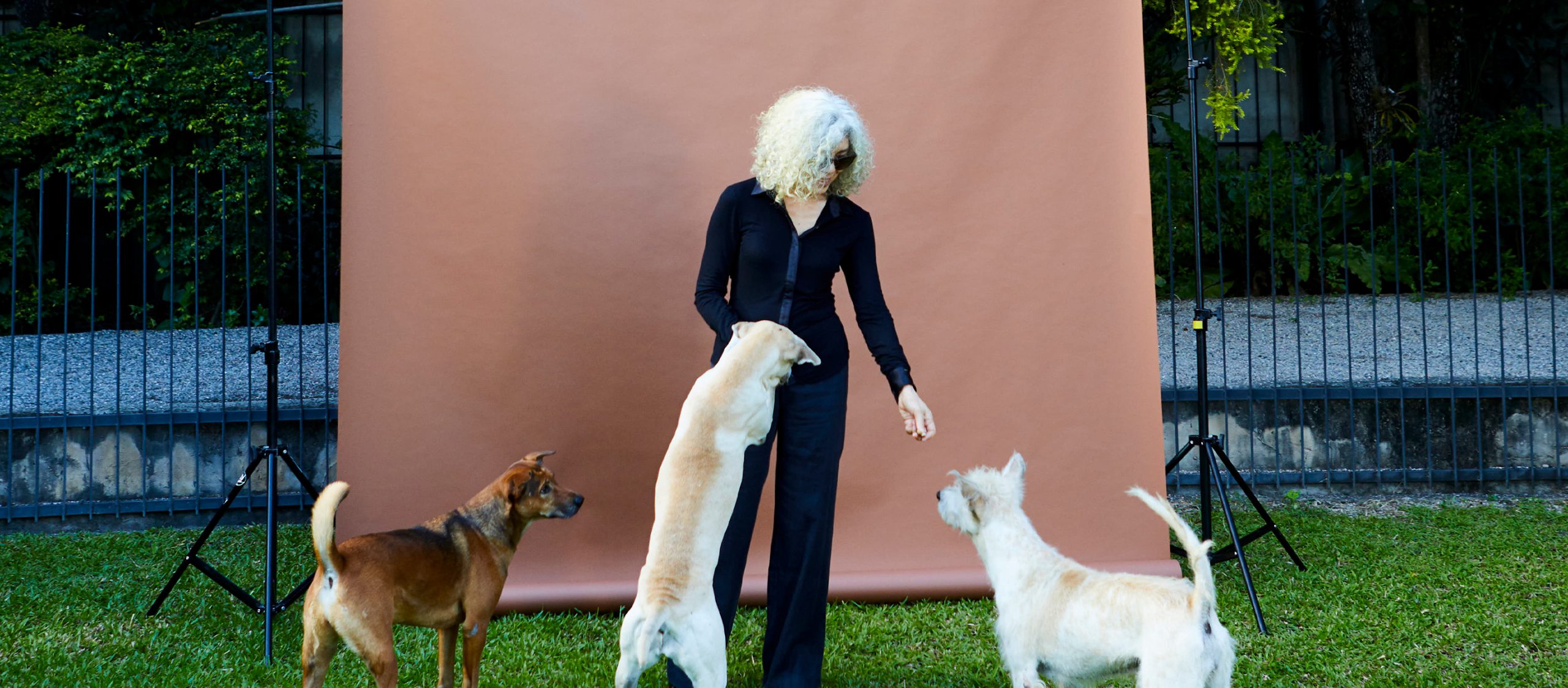
Photo: Courtesy of a day magazine
Moreover, her exploration of the intersection between art and gender, as seen in her videos and installations, provides a platform for discussions about gender roles, identity, and power dynamics. Her work can be seen as a part of a broader movement within contemporary art to challenge and question gender norms and expectations.
Araya’s journey also underscores the ongoing need for greater equality and representation within the art world. Many female artists continue to face challenges related to unequal opportunities, recognition, and compensation. Movements like feminist art and advocacy for gender parity in exhibitions and collections are essential steps toward addressing these issues and promoting inclusivity within the art community.
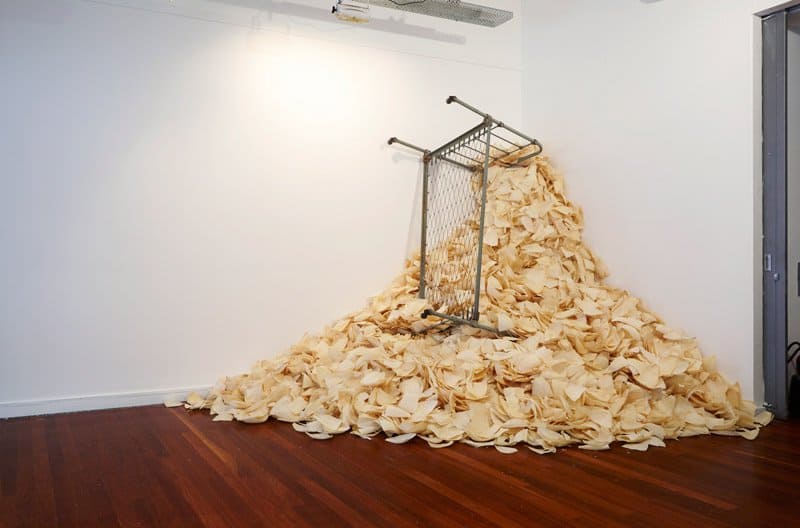
These visionary women prove that the art world is not defined by gender but by talent and passion. Their arts remind us that the future holds the promise of continued progress and inclusivity, as we strive for greater representation within the art world.
In a cinematic landscape saturated with remakes, reboots and sequels, you might ...
This month Koktail focuses on wellness and health, as we take a ...
These top 5 barber shops in Bangkok are where gentlemen can elevate ...
Experience the rare opportunity to celebrate the artistry of Thailand's beloved mural ...
With fashion trends that exit as quickly as they arrived and a ...
While traditional TV shows are serving us endless boy-meets-girl tales. Thailand has ...
Wee use cookies to deliver your best experience on our website. By using our website, you consent to our cookies in accordance with our cookies policy and privacy policy